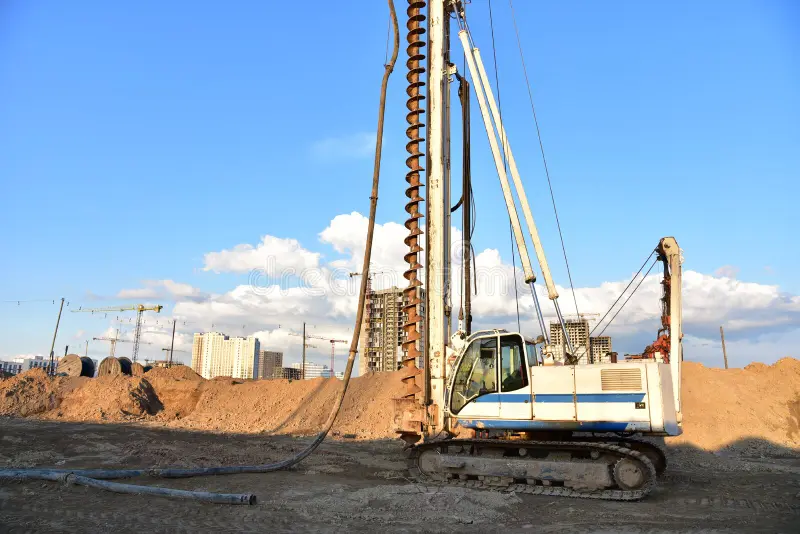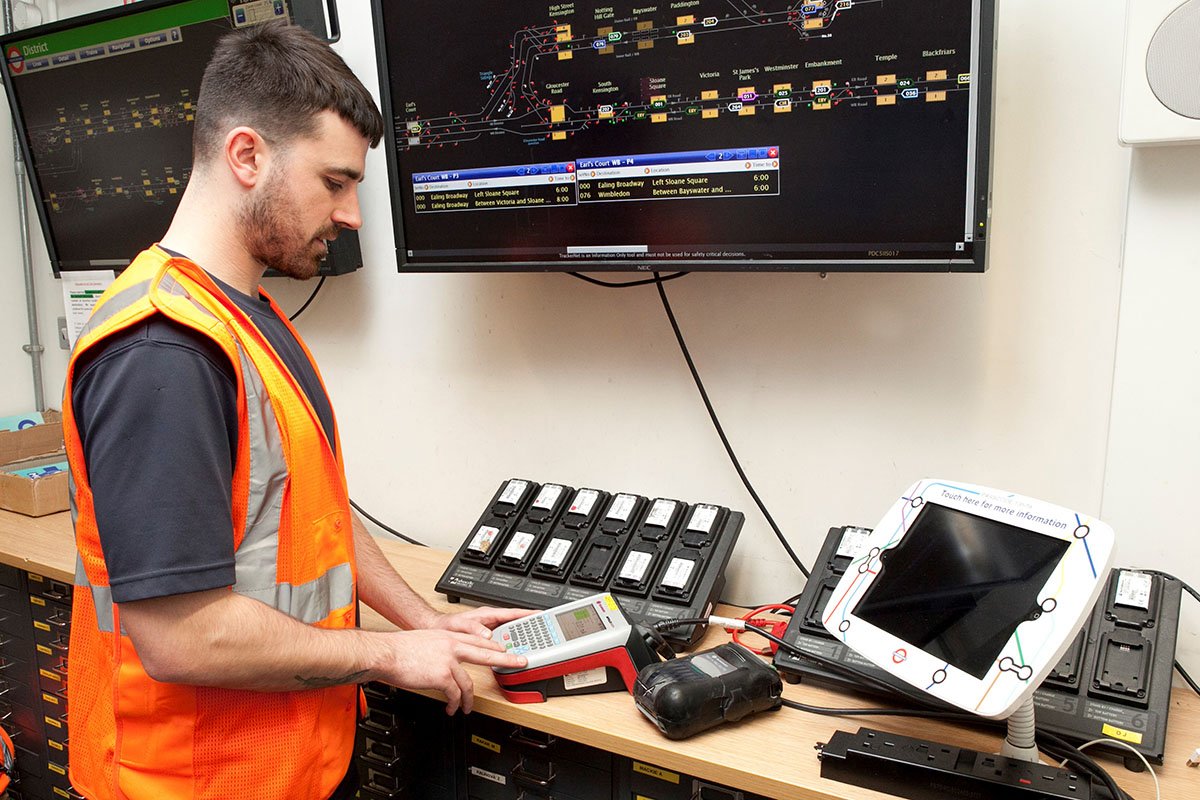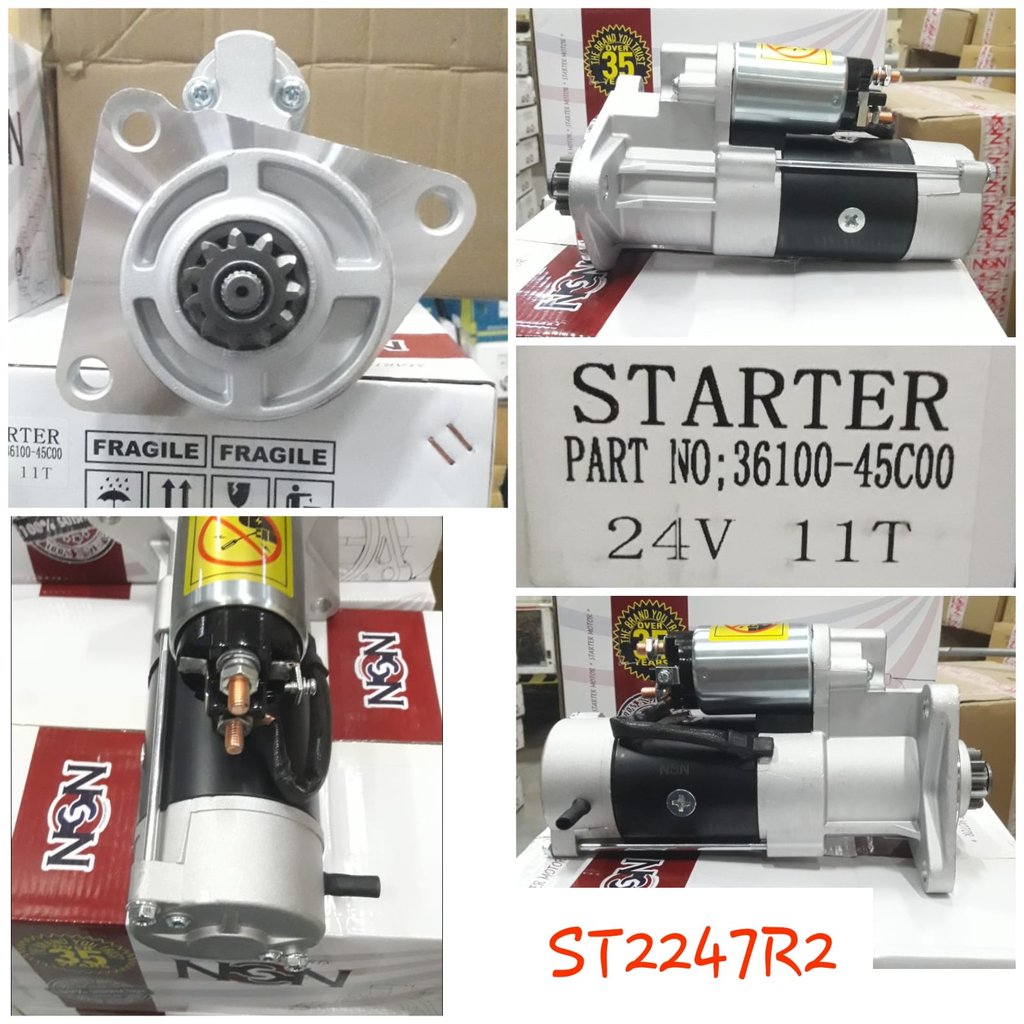Mini piling has become an essential solution in modern construction, especially for projects with limited space or challenging soil conditions. Whether it’s stabilising existing foundations or supporting new structures in urban environments, mini piles provide strong, efficient, and cost-effective groundwork solutions. However, ensuring that these piles perform as expected is critical — and that’s where load testing and pile integrity tests (PIT) come into play. Piling contractors are specialists responsible for the installation of deep foundations, known as piles, which transfer a building’s load to stronger soil or rock layers beneath the surface.
These two quality control procedures are fundamental in confirming that each pile meets safety standards, load-bearing requirements, and structural expectations. Let’s study.
What Is Load Testing in Mini Piling?
Load testing is a direct method of verifying the bearing capacity of piles installed at a construction site. In simple terms, it measures how much load a pile can safely support without experiencing excessive settlement or failure. This test ensures that the mini piles can carry the structural loads for which they were designed.
There are two main types of load testing used in mini-piling projects: static and dynamic.
Static Load Testing (SLT)
This is the most common form of load testing for mini piles. In SLT, a gradual load is applied to the pile — either by using hydraulic jacks or by placing known weights — and the pile’s response is carefully recorded. Engineers observe how much the pile moves (settles) under various load levels.
If the pile settles within acceptable limits while carrying its intended load, it is deemed structurally sound. Static load tests provide very accurate data and are typically conducted on a few selected test piles before the main construction begins.
Dynamic Load Testing (DLT)
Dynamic testing involves striking the pile head with a heavy hammer and recording the pile’s response using sensors. This method is faster and less costly than static testing, but is usually considered less precise. However, it provides valuable insights into pile capacity and can be used for large-scale projects where testing many piles individually would be time-consuming.
Wat Is a Pile Integrity Test (PIT)?
While load testing focuses on pile performance, a pile integrity test (PIT), also known as a low-strain integrity test, is a non-destructive evaluation method used to detect flaws within the pile body.
The test involves striking the pile head lightly with a small handheld hammer. A sensor records the pile’s response (vibration or wave reflection) as the force travels down the length of the pile. The data is then analysed to detect any abnormalities in the wave pattern.
A consistent and uniform wave pattern indicates that the pile is intact and defect-free. Irregularities, however, may indicate cracks, voids, necking, or incomplete concrete filling.
Benefits of Pile Integrity Testing in Mini Piling Projects
Pile integrity testing is invaluable for ensuring that each pile is structurally sound and capable of performing its role. Here are some key benefits:
Non-Destructive and Quick:
PIT is a rapid, cost-effective method that doesn’t damage the pile. Results are often available within minutes.
Detects Construction Flaws:
It identifies defects such as cracks, improper length, poor grouting, or material inconsistencies.
Ensures Longevity:
By confirming the structural integrity of piles, the test helps prevent future failures or costly repairs.
Quality Verification:
PIT verifies whether piles have been constructed according to design specifications and standards.
Supports Load Testing Results:
When used alongside load testing, PIT provides a comprehensive assessment of pile performance and quality.
Challenges in Testing Mini Piles
Mini piles often have smaller diameters and are installed in confined or sensitive environments, which introduces unique testing challenges:
Limited Access:
Tight spaces can restrict the use of heavy-load testing equipment.
Variable Ground Conditions:
Mini piles are often installed in complex soils, requiring more precise data interpretation.
Instrumentation Sensitivity:
Because mini piles are smaller, wave signals in PIT testing can be more difficult to interpret.
Despite these challenges, advancements in digital monitoring and precision testing tools have made modern mini piling evaluations more accurate and efficient than ever.
Modern Trends in Testing Technology
Recent innovations are transforming how load and integrity tests are conducted. Digital sensors, data logging, and AI-assisted analysis now allow engineers to detect defects and performance issues with exceptional accuracy.
Remote monitoring systems also enable real-time data transmission, enabling quick on-site interpretation and decision-making. As a result, project timelines are shorter, and quality assurance has improved significantly.
Conclusion:
In any mini Piling Southampton project, ensuring foundation reliability is non-negotiable. Both load testing and pile integrity testing are essential tools that validate the strength, quality, and performance of piles before the structure is built.
By integrating these testing methods and embracing modern digital tools, engineers and contractors can deliver stronger, safer, and more efficient piling solutions for all types of builds — from small residential extensions to large-scale commercial developments.




Leave a Reply